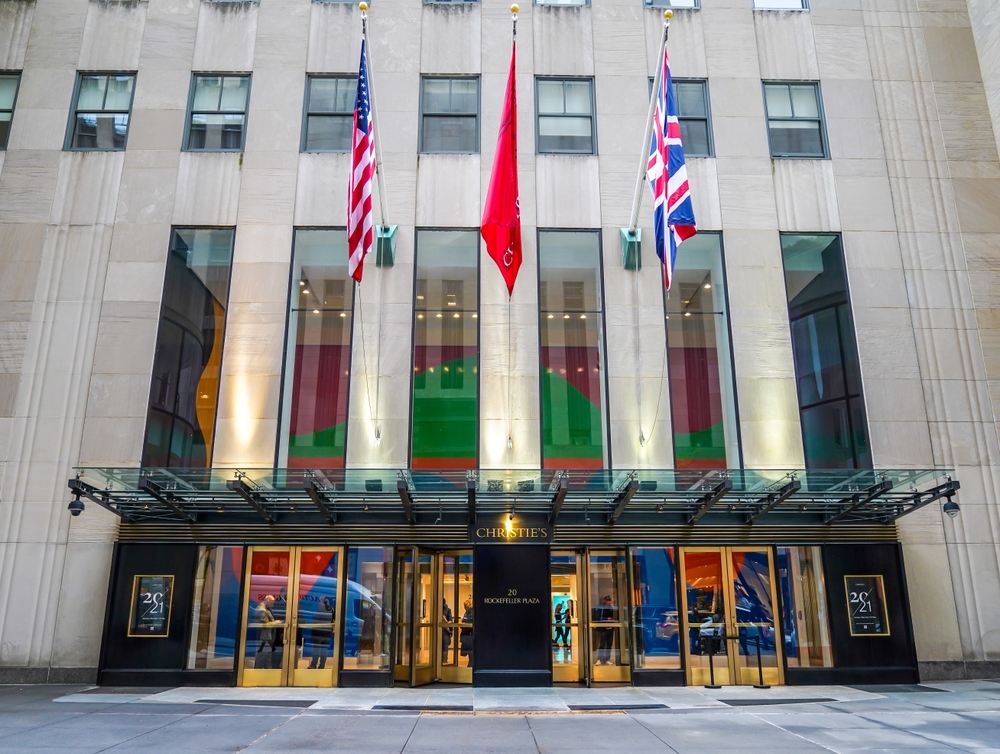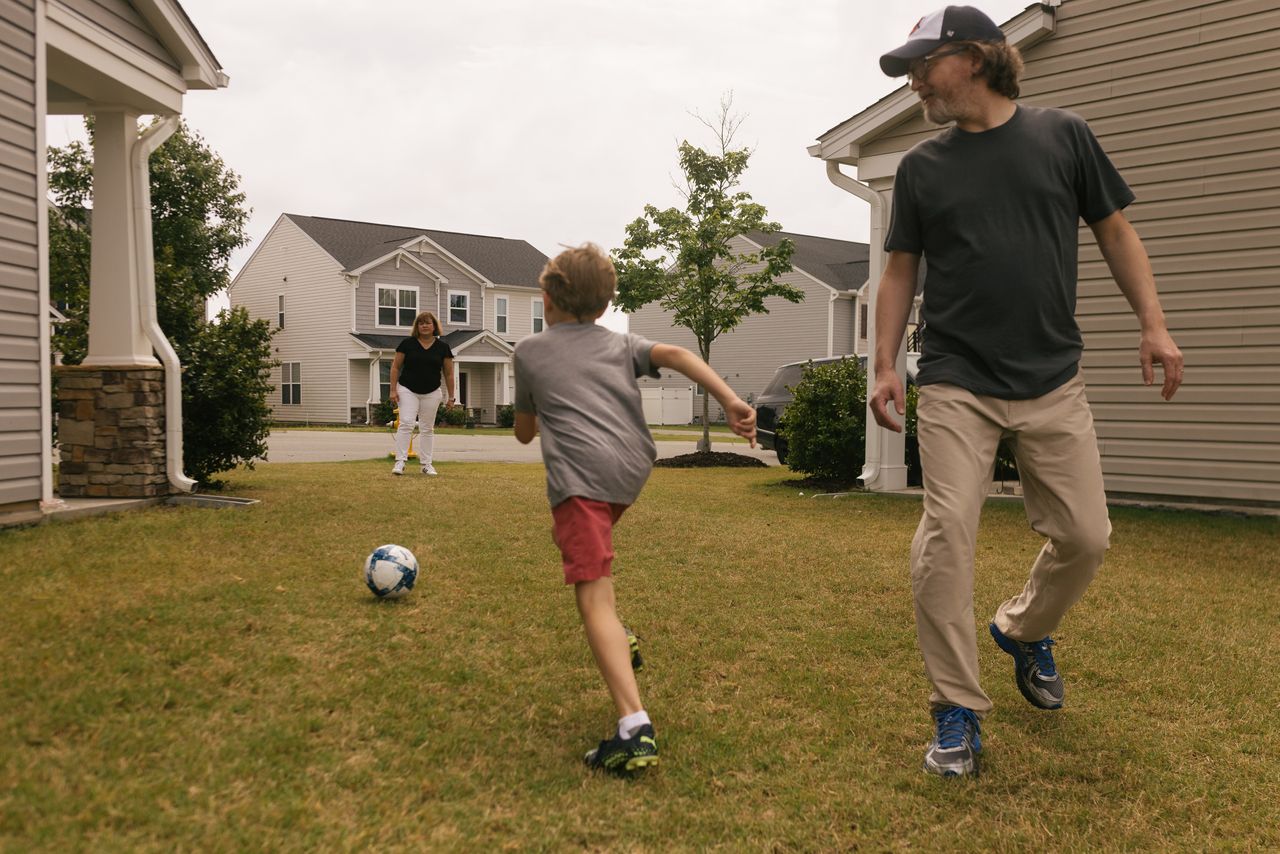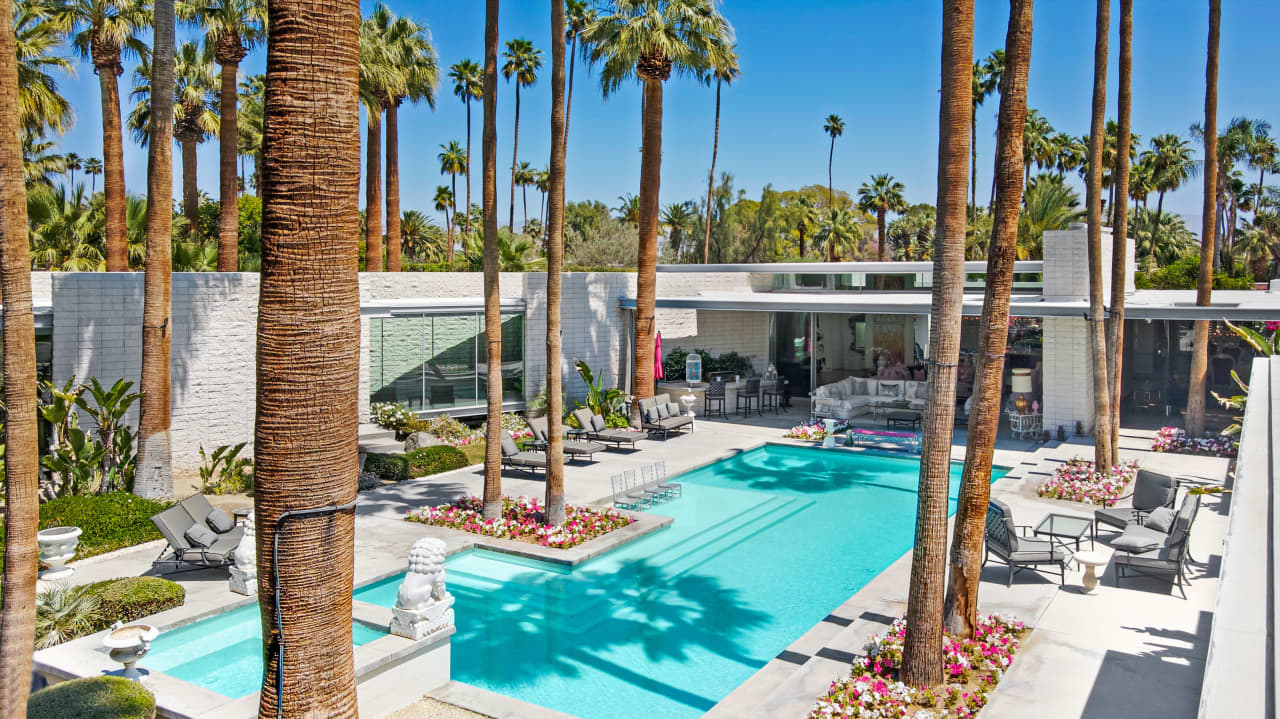Art Market Dip Last Year Reflects Lack of Supply, Not Demand
The global market for art may have been softer last year against a more volatile economic backdrop, but trends detailed within the latest annual report from Art Basel and UBS released earlier this week continue to show collectors are willing to buy.
Scanning a chart within the report of sales since 2009 reveals an ebb-and-flow in the overall market, but surprising consistency in the value of transactions and an uptick in volume.
The year-to-year differences, such as the 4% dip in market value to US$65 billion last year, are mostly driven by the number and outcome of big-ticket sales, which declined across auction houses and galleries in 2023.
How many high-value works of art come to market in a given year, however, often has less to do with buying interest from collectors during shaky economic conditions and more to do with the willingness of sellers to part with paintings or sculptures during a time of perceived weakness, according to Matthew Newton, art advisory specialist at UBS Family Office Solutions in New York.
“I don’t think we see an unwillingness to buy those works when they do come to market,” Newton says.
When the economy is weak, estates with less discretion over timing often are the main consignors of expensive art. For example, last fall in New York, Sotheby’s sold works owned by Emily Fisher Landau , a long-time patron who amassed a collection bursting with masterpieces that hadn’t appeared at an auction before.
Sotheby’s single-owner auction of the Fisher Landau collection led to the US$139.4 million sale of Pablo Picasso’s Femme à la montre (the second highest price for a Picasso work at auction); the US$41 million sale of Jasper Johns’ Flags ; and the record US$18.7 million sale of Agenes Martin’s Grey Stone II —prices that were within or exceeded expectations.
“People are still willing to make trophy purchases,” Newton says. “I don’t think there’s a lack of demand, it’s about a lack of supply.”
Rising interest rates since 2022 arguably could be another factor in slower high-end sales, since wealthy individuals finance about 29% of their art collections, on average, while the ultra-wealthy (those with a net worth above US$50 million) finance as much as 39%, according to a separate report on global collecting trends published late last year from Art Basel and UBS.
But Newton doesn’t believe higher rates played a significant role in the art market last year. The wealthy typically borrow money for business or investment opportunities; if they have a US$500 million art collection on their walls, borrowing against it can be a good source of liquidity. Any impact it has on the market would be “within the margin of error,” Newton says.
Another chart in the report tracks sales growth from 2009 through 2023 in five segments of the auction market, from works sold below US$50,000 to those achieving US$10 million or more. The results show the performance of most works of art that are sold—that is, those that fall below the US$10 million level—has been “relatively flat over a decade plus,” Newton says. “It’s really those works that are over US$10 million … that’s where we see growth in the art market.”
At auction, the US$10 million-plus segment fell a substantial 25% in 2023 from the previous year, but overall, the sales trend for those ultra-expensive paintings since 2009 has been on an upward trajectory. That’s no accident, considering the population of billionaires who fuel those sales has also continued to rise, with their wealth doubling over the last 10 years to about US$13.1 billion, according to the report.
“It’s a relatively very small group of people who can spend over US$10 million on artwork,” Newton says. Of those who can afford to, not everyone does, meaning a few individuals can alter total sales for the whole market.
In part, that’s because global art sales are relatively small even at US$65 billion. Consider the global private-equity market—another place where the wealthiest individuals place their money—was estimated to reach US$16.3 trillion last year, according to London data firm Preqin.
“$65 billion … that’s obviously a lot of money,” he says. “On the other hand, that’s the entire art market—it’s like less than half the net worth of a few individuals.”
Newton says he often reminds clients that not that much art that exists in the world is sold. “What is traded is a very, very small percentage of the work that’s out there.”
 Copyright 2020, Dow Jones & Company, Inc. All Rights Reserved Worldwide. LEARN MORE
Copyright 2020, Dow Jones & Company, Inc. All Rights Reserved Worldwide. LEARN MORE
This stylish family home combines a classic palette and finishes with a flexible floorplan
Just 55 minutes from Sydney, make this your creative getaway located in the majestic Hawkesbury region.
The auction house plans for sales to proceed, including for a Warhol ‘Flowers’ estimated at $20 million
Christie’s remained in the grip of an ongoing cyberattack on Tuesday, a crisis that has hobbled the auction house’s website and altered the way it can handle online bids. This could disrupt its sales of at least $578 million worth of art up for bid this week, starting tonight with a pair of contemporary art auctions amid New York’s major spring sales.
Christie’s said it has been grappling with the fallout of what it described as a technology security incident since Thursday morning—a breach or threat of some kind, though the auction house declined to discuss details because of its own security protocols. Christie’s also declined to say whether any of the private or financial data it collects on its well-heeled clientele had been breached or stolen, though it said it would inform customers if that proves to be the case.
“We’re still working on resolving the incident, but we want to make sure we’re continuing our sales and assuring our clients that it’s safe to bid,” said Chief Executive Guillaume Cerutti.
Sotheby’s and Phillips haven’t reported any similar attacks on their sites.
Christie’s crisis comes at a particularly fragile moment for the global art market. Heading into these benchmark spring auctions, market watchers were already wary, as broader economic fears about wars and inflation have chipped away at collectors’ confidence in art values. Christie’s sales fell to $6.2 billion last year, down 20% from the year before.
Doug Woodham, managing partner of Art Fiduciary Advisors and a former Christie’s president, said people don’t want to feel the spectre of scammers hovering over what’s intended to be an exciting pastime or serious investment: the act of buying art. “It’s supposed to be a pleasurable activity, so anything that creates an impediment to enjoying that experience is problematic because bidders have choices,” Woodham said.
Aware of this, Cerutti says the house has gone into overdrive to publicly show the world’s wealthiest collectors that they can shop without a glitch—even as privately the house has enlisted a team of internal and external technology experts to resolve the security situation. Currently, it’s sticking to its schedule for its New York slate of six auctions of impressionist, modern and contemporary art, plus two luxury sales, though one watch sale in Geneva scheduled for Monday was postponed to today.
The first big test for Christie’s comes tonight with the estimated $25 million estate sale of top Miami collector Rosa de la Cruz, who died in February and whose private foundation offerings include “Untitled” (America #3),” a string of lightbulbs by Félix González-Torres estimated to sell for at least $8 million.
Cerutti said no consignors to Christie’s have withdrawn their works from its sales this week as a result of the security incident. After the De la Cruz sale, Christie’s 21st Century sale on Tuesday will include a few pricier heavyweights, including a Brice Marden diptych, “Event,” and a Jean-Michel Basquiat from 1982, “The Italian Version of Popeye Has no Pork in his Diet,” each estimated to sell for at least $30 million.
But the cyberattack has already altered the way some collectors might experience these bellwether auctions at Christie’s. Registered online bidders used to be able to log into the main website before clicking to bid in sales. This week, the house will email them a secure link redirecting them to a private Christie’s Live site where they can watch and bid in real time. Everyone else will be encouraged to call in or show up to bid at the house’s saleroom in Rockefeller Center in Midtown Manhattan.
If more bidders show up in person, the experience might prove to be a squeeze. During the pandemic, Christie’s reconfigured its main saleroom from a vast, well-lit space that could fit several hundred people into a spotlit set that more closely evokes a television studio, with far fewer seats and more roving cameras—all part of the auction industry’s broader effort to entice more collectors as well as everyday art lovers to tune in, online.
Once this smaller-capacity saleroom is filled, Christie’s said it will direct people into overflow rooms elsewhere in the building. Those who want to merely watch the sale can’t watch on Christie’s website like usual but can follow along via Christie’s YouTube channel.
Art adviser Anthony Grant said he typically shows up to bid on behalf of his clients in these major sales, though he said his collectors invariably watch the sales online as well so they can “read the room” in real time and text him updates. This week, Grant said a European collector who intends to vie for a work at Christie’s instead gave Grant a maximum amount to spend.
Grant said the cyberattack popped up in a lot of his conversations this past weekend. “There’s a lot of shenanigans going on, and people have grown so sensitive to their banks and hospitals getting hacked,” he said. “Now, their auction house is going through the same thing, and it’s irksome.”
Consumers are going to gravitate toward applications powered by the buzzy new technology, analyst Michael Wolf predicts
This stylish family home combines a classic palette and finishes with a flexible floorplan























